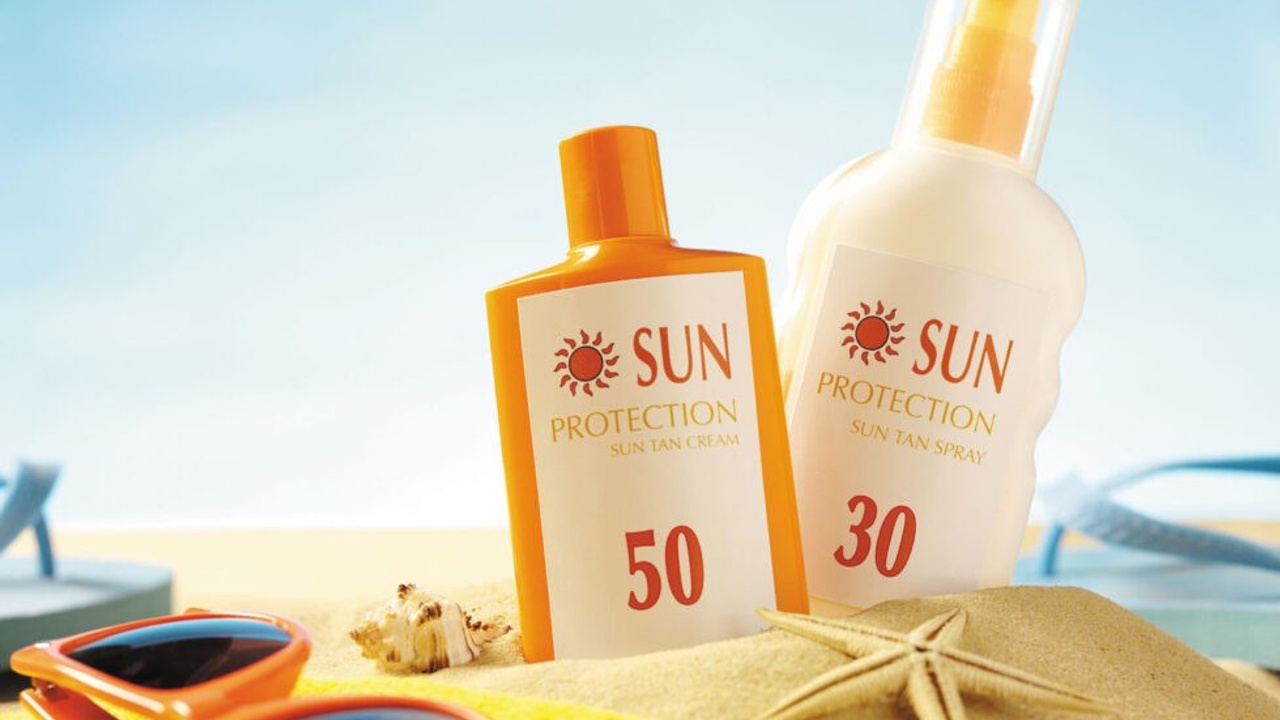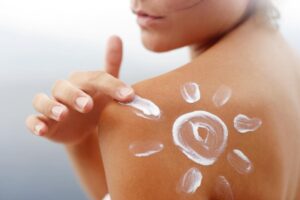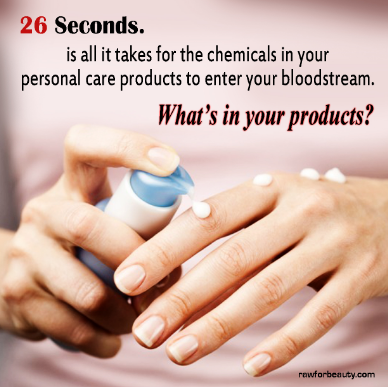Sunscreen Users, Beware!
Apr 12, 2021
If you use sunscreen or know someone who does, this is some super important news you’ll want to know about…
A new randomized clinical trial, published in the Journal of the American Medical Association was just released, and the importance of this topic has been creating big news.
The objective of the study was to determine whether the active ingredients (avobenzone, oxybenzone, octocrylene, and ecamsule) of 4 commercially available sunscreens are absorbed into systemic circulation.
And guess what??? They ALL entered the bloodstream; one by the end of the day, the other three by the day after use. Many chemicals in body care products are absorbed faster than this. But why would you want ANY harmful chemicals in your bloodstream?
Oxybenzone (which is a known endocrine disrupting chemical) was absorbed into the body at about 50 to 100 times higher concentration than any of these other three chemicals they tested. YIKES! This one chemical (the other’s aren’t great either) is linked to lowered testosterone, low birth weight, and birth defects.
One of the other chemicals tested in this study, avobenzene is a chemical that can induce obesity.

Sunscreen – Friend or Foe?
Did you know that it wasn’t until 2011 that the FDA created a wide variety of rules for sunscreen? For example, before 2011 there were no rules regarding UVA rays & sunscreen. As of 2011, the FDA requires sunscreens that advertise “broad spectrum” to pass a test – however, the FDA set the bar too low and the majority of products that pass this test still do not offer adequate UVA protection.
Also in 2011, the FDA created new rules that removed the majority of the most outrageous false marketing claims associated with sunscreen from labels (such as “waterproof” and “sweatproof”). But only the majority! Finally, that same year the FDA ascertained that claims of high SPF could be misleading and proposed joining the majority of industrialized nations in capping values at 50+ — but they never finalized the rule.
So, sunscreen has been around for a very long time but with very little oversight until recently. That alone should concern you. There’s so much more that is concerning though…
Consider this: The Food and Drug Administration has not reviewed evidence of potential hazards of sunscreen filters – instead it grandfathered in ingredients used in the late 1970s when it began to consider sunscreen safety. So it should come as no surprise that the 2016 spring report from Environmental Working Group (EWG) found that 72% of the sunscreens tested contained harmful ingredients or offered inadequate sun protection, while two-thirds of the 243 products they tested in 2018 were found to offer the same. Kind of scary, huh?
Sunscreen – The Hidden Truth
By now you’re probably curious about what’s hidden in your sunscreen – disrupting your hormones and causing allergic reactions (or worse!). Take a look at what you’re putting on your skin.
- Oxybenzone – this chemical is the most problematic one out there and the most prevalent. It’s found in almost every single non-mineral sunscreen and can penetrate the skin causing allergic reactions and disrupting hormones. In fact, the EWG’s sunscreen report found that 70% of sunscreens contain this chemical – including sunscreens marketed towards children.
- Methylisothiazolinone (MIT) – that’s a big, long, scary-looking word for one frightening ingredient. MIT is used in sunscreen and other personal care products as a preservative to keep items fresh on the shelf. However, a recent study found this chemical may be linked to nerve damage! Add to that a 2012 study which found that even brief exposure to MIT at low concentrations is toxic during neural development and increases the risk of seizures and visual abnormalities. MIT is also a skin irritant that can cause contact allergies.
- Homosalate – this chemical disrupts estrogen, androgen, and progesterone production. And when your hormones are all out of whack, your body is NOT happy.
- Retinyl Palmitate – this is a form of Vitamin A that is added to approximately 12% of beach/sport sunscreens, 15% of moisturizers with SPF, and 5% of lip products with SPF. Probably sounds great due to the fact that it’s a vitamin, right? Wrong. Studies by the federal government have indicated that this one may trigger the development of skin tumors and lesions when used in the presence of sunlight. That’s one vitamin you can skip!

But is It Really That Big a Deal?
You might be asking yourself why you should care so much. I mean, it’s not like you’re putting sunscreen in your body, right?
Remember, your skin is your largest organ.
You skin covers and protects everything on your body, so how you treat it is incredibly important to your health. Skin ends up being an incredibly unappreciated organ, one that people take for granted (I know that I did!). And slathering products – like certain sunscreens – full of toxic chemicals on your skin (and your kids skin) day after day, are one way you’re doing that.
Our skin absorbs up to 60% of what we put on it – that’s 60% of those toxic chemicals being absorbed into your & your family’s skin. And even if a chemical isn’t so harmful that it affects us right away, it can accumulate in the body, taking its toll over time.
The unknown long-term consequences of the chemicals in sunscreen are just starting to be revealed. As I said before, the FDA does not regulate sunscreen as rigorously as, say, pharmaceuticals or food – allowing companies to get away with using all types of chemical ingredients that are not used (and in some cases banned) in other countries.
What’s a Person to Do?
After learning all this, I’m incredibly careful not only about the food my family eats but also the products we apply to our skin. Here are some general rules for choosing a safe sunscreen:
- Choose sunscreen products rated “0” to “2” in the Environmental Working Group’s Sunscreen Guide
- Choose titanium dioxide or zinc oxide based mineral sunscreens which do not penetrate the skin AND provide UVA protection
- Choose non-nano products that do not have small particles that could be absorbed into skin
- Choose sunscreens that are either unscented or that use essential oils as fragrance
- Pick lotion based sunscreen labeled “Very Water Resistant”
A brand that I love that not only meets but exceeds these guidelines is Beautycounter. I partnered with Beautycounter because I’m a huge fan of their products. Not only does their sunscreen provide amazing coverage but you can even apply it while in the water! I like to use their tinted stick on my face and their lotion on my body. Because I love to snorkel and scuba dive I need to have amazing protection in the water and this stuff stays on. (It’s the BEST!) Their products work great not only for adults but also for kids, so enjoy!

